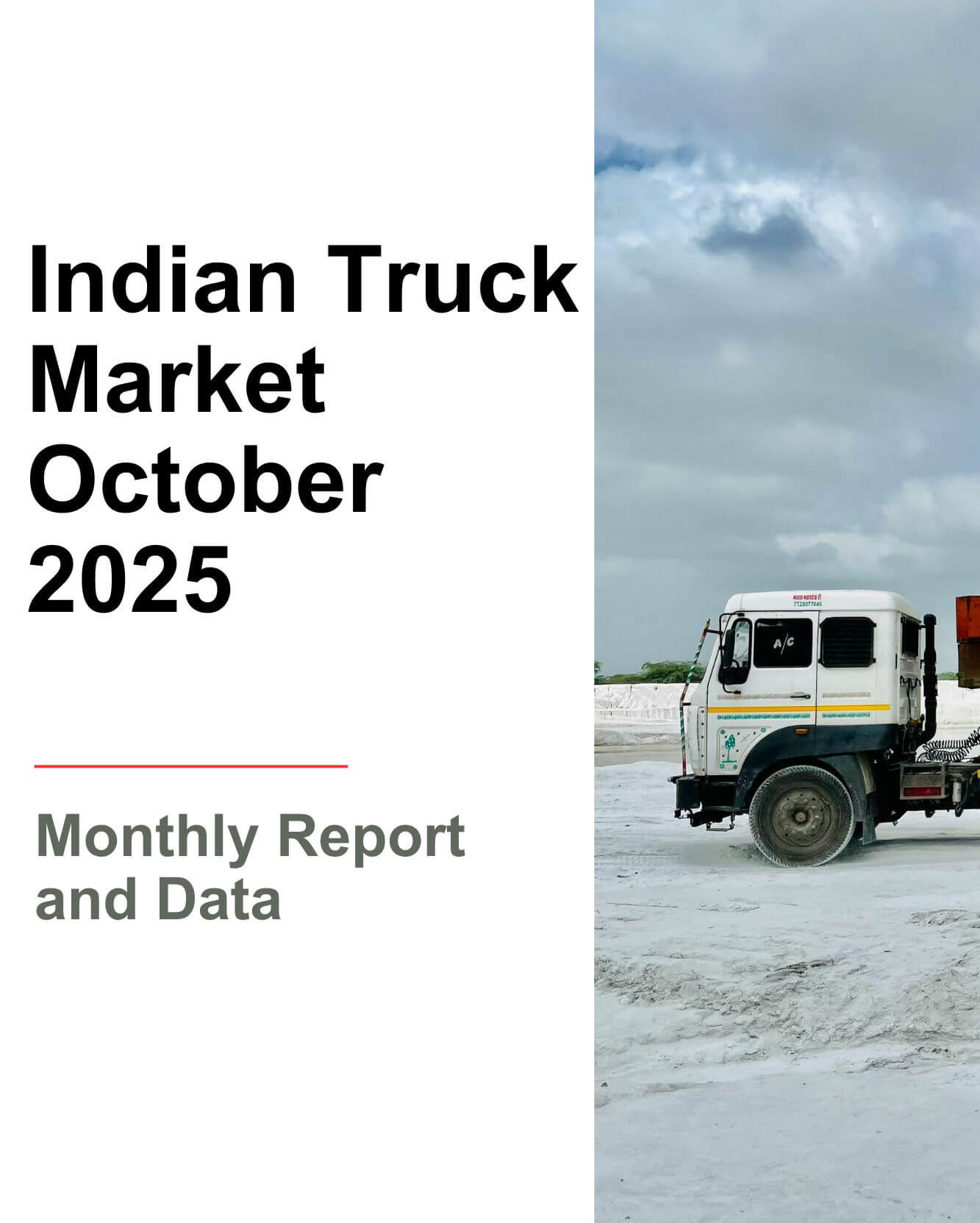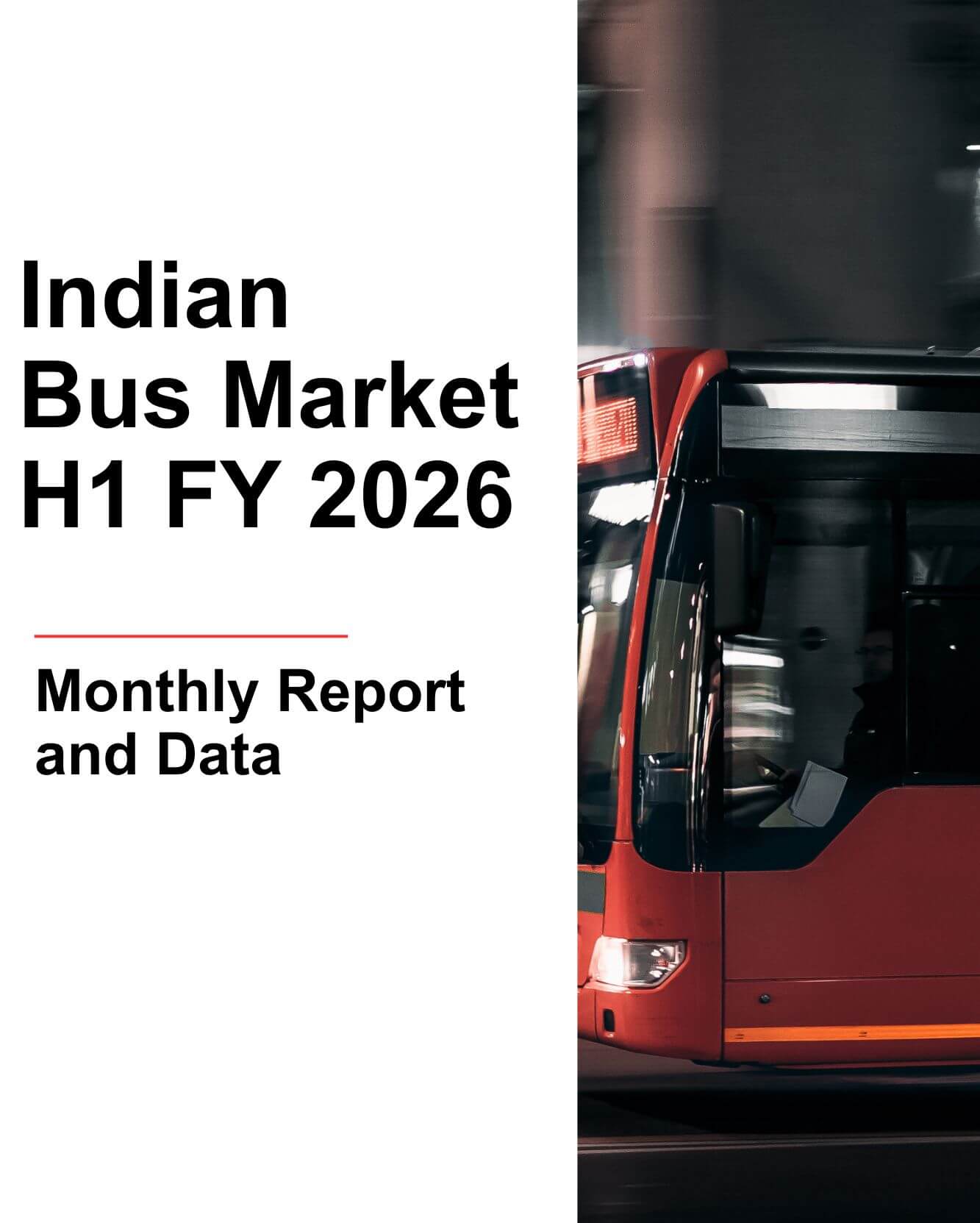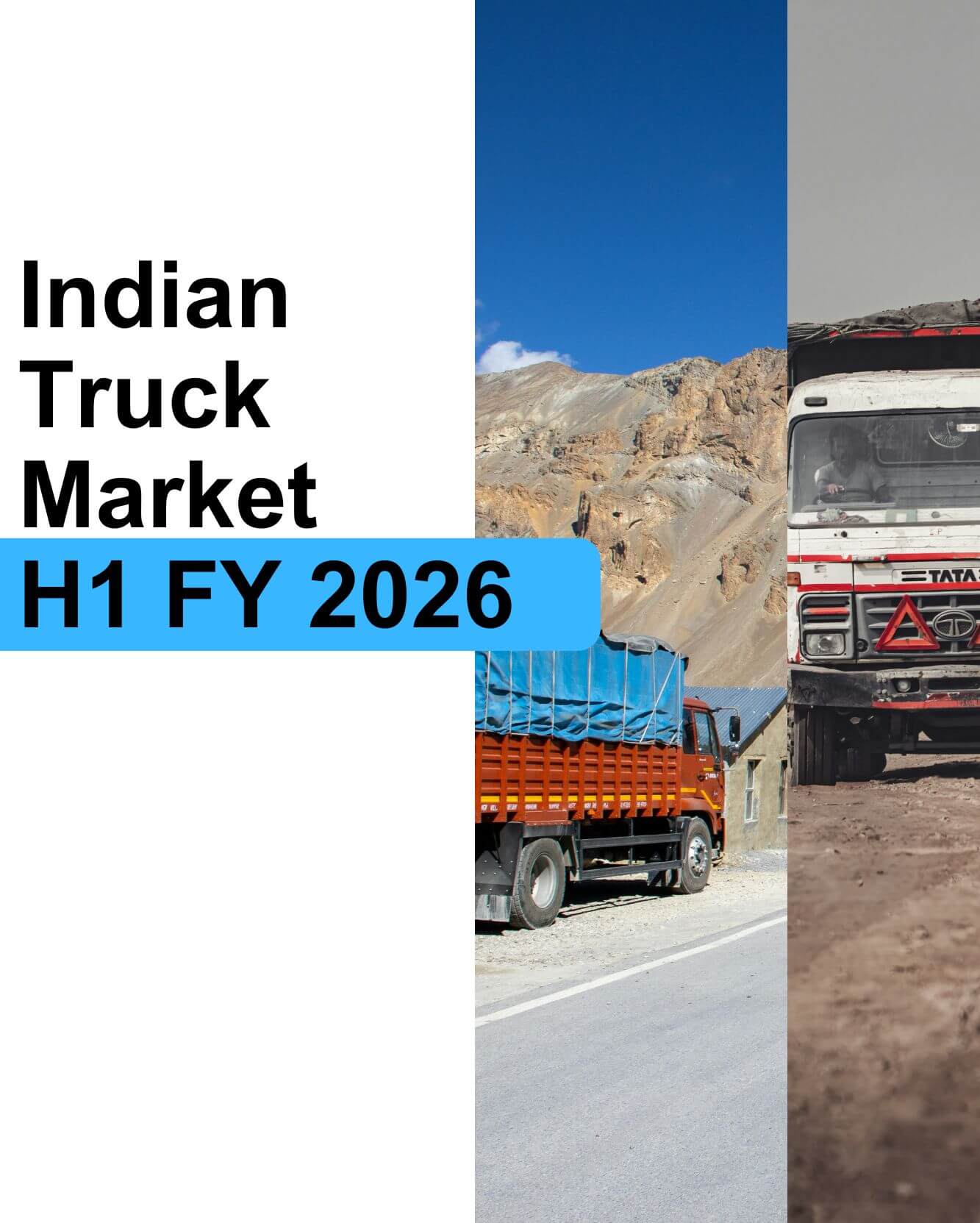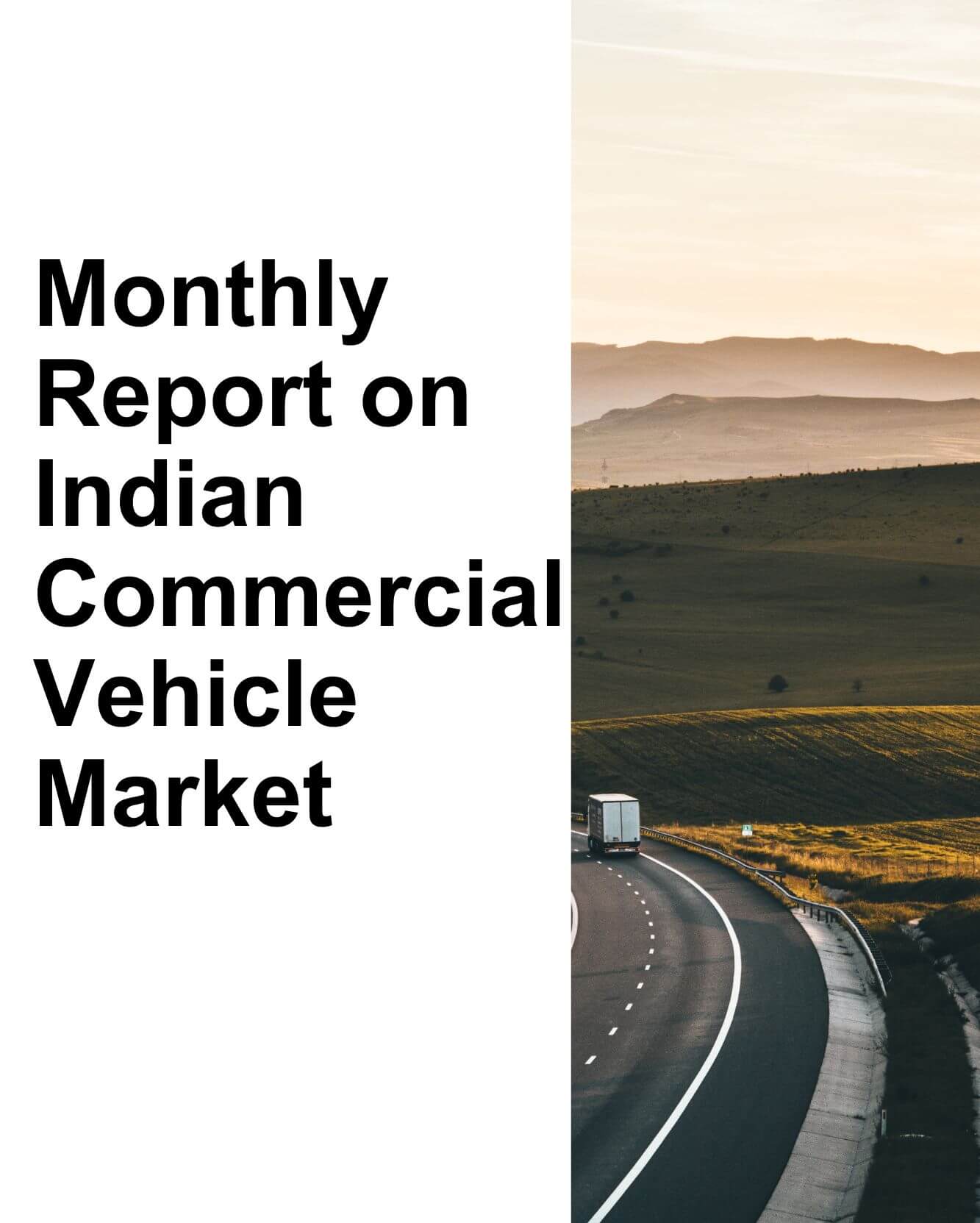The Indian Truck market report provides key insights and forecasts for 2030. The Indian truck Industry reached 882K units in FY 2024, with an 8% CAGR from FY 2020 to FY 2024. The Truck market is projected to grow at a 5% CAGR between FY 2025 and FY 2030.
Due to COVID, Truck sales significantly declined from 645,642 units in FY 2020 to 557,120 units in FY 2021. The market stabilized in FY 2024.

Market Share based on Different Drivetrains and Forecast 2030:
Diesel-powered trucks dominate the market with an 85% market share. There will be a decline in this market share. CNG, Electric, and LNG will increase their market share by FY 2030. Other categories are also expected to grow significantly in the next 5 years.

Fleet owners are getting better TCO in alternative-fuel trucks, which is the key reason for shifting from diesel to alternative-fuel trucks.
Competitive landscape:
Tata Motors is the market leader with a 39% market share, but it lost 4% compared to FY 2020. Ashok Leyland and Eicher successfully increased their market share by launching New truck Models. Rigid Haulage, tractor-trailers, and Tippers are designed for high-growth applications. These include e-commerce, parcel delivery, construction, and mining operations. Ashok Leyland has concentrated on the MAV segment. Eicher, meanwhile, has shifted its focus to the heavy-duty tipper market, which is outside of its traditional segment.
BharatBenz’s market share in the Indian truck industry reached 2.1% in FY 2024. DICV has a good hold in the heavy-duty Tipper segment.
Eicher achieved a notable % Compound Annual Growth Rate (CAGR) of 16% between FY 2020 and FY 2024.

Maruti Suzuki and Mahindra could gain only 1% market share in the last five years.
Tata Motors has a strong presence across nearly all Truck segments, including Mini Trucks, Pick-Up Trucks, light-duty trucks (LDT), ICV, MCV, MAV, Tipper, and tractor-trailer, reflecting its rich product portfolio. Ashok Leyland will align with the ICV, MAV, MCV, and Heavy segments like Tippers and tractor-trailers. Eicher strongly focuses on the LDT, ICV, and MCV segments.

Willingness to Pay for Trucks: Comparison among different brands:
ACG recently surveyed truck fleet owners across major cities like Mumbai, Delhi, Chennai, Kolkata, Bengaluru, Bhopal, Indore, Ahmedabad, Kota, Jaipur, Nagpur, Chandigarh, Lucknow, Patna, Raipur, Vadodara, Mysore, and other large and small cities to understand customer sentiment regarding their willingness to pay for various Truck Models. The results indicate that willingness to pay varies significantly based on the type of truck application and the profile of the fleet owners.

For Tata Motors, there is a strong willingness to pay across 65% of its product range in various segments. Mahindra is highly willing to pay for its pickup trucks, while Maruti performs well in the mini truck segment. Eicher has strong demand in the MCV, ICV, and LDT categories, and BharatBenz shows a high willingness to pay for its tipper models. Similarly, Mahindra also registers a high willingness to pay for its mini trucks, pickups, and light-duty trucks.
Mini and Pick-Up Trucks Dominate with Over 50% Market Share:
Mini and Pickup trucks are the largest Truck segment in terms of units in the Indian market. MAV segment share increased from 8% to 10% from FY 2020 to FY 2024.

Product Strategies for Truck OEMs to Boost Revenue and Profit:
Truck OEMs should offer five types of Specs and features in the Truck:
- Must Haves
- Attractive
- One Dimensional
- Indifferent, and
- Reverse
If the OEMs add features and options in an attractive space, profit and revenue will also increase proportionally.

Indian Truck Market report provides key insights about each point to increase OEMs’ revenue and profit. Adding new features is essential, but excluding some is vital to reducing costs.
Truck specs and pricing changes in the last ten years:
There have been drastic price changes along with product specs and features. For example, the Tata 1109’s price was around 1 M INR in 2011 with an 8,955 payload. Currently, its average price is 2M INR. It has just doubled in the last 14 years. The engine’s horsepower was 90 hp, but it has now been upgraded to 160 hp. This is based on our Indian Truck Price strategy report, which was published in 2011.
Earlier, a maximum of trucks were available up to 31T GVW in the rigid haulage and tipper segment. Now, the GVW of the truck is available up to 47.5 T. This gives better TCO for fleet owners. The truck’s average speed was 35 to 40 km per hour in 2011. This is because 180 hp trucks dominated the market and had poor road infrastructure. Now, 200 to 250 hp trucks dominate India with at least basic ADAS features.
MAN Truck was India’s first OEM to introduce 220 and 280-hp trucks. Tata launched the Prima range with a high horsepower of 280 hp, especially in the Tipper segment.
Please contact us for a Full Report and Table of Contents.




